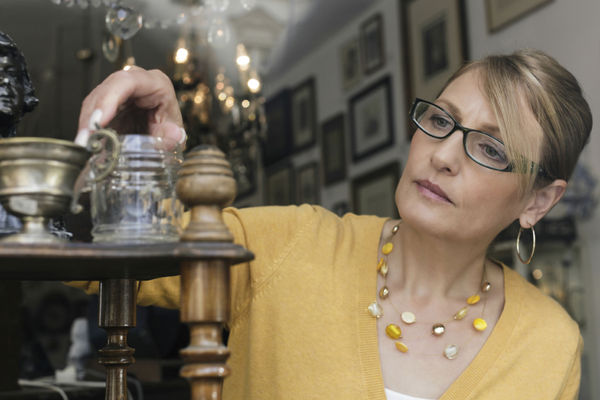Collect antiques
Start a small antiques collection by safely finding, researching, cleaning, labeling, and displaying old household items while learning history and caring for objects.



Step-by-step guide to collect antiques
How Do You Safely Handle And Display Collectibles In A Starter Kit? - The Collectibles Guide
Step 1
Ask an adult for permission and help before you begin your antiques hunt.
Step 2
Gather the Materials Needed and bring your small box to hold finds.
Step 3
Pick a safe area to search like a closet an attic or a cupboard.
Step 4
Ask family members if it is okay to take old items and listen to any stories they share.
Step 5
Carefully place each item you choose into your box so they stay safe while you keep looking.
Step 6
Write a short note in your notebook for each item with where you found it and the date.
Step 7
Research each item by asking family checking books or using a computer with adult supervision to learn what it was used for.
Step 8
Ask an adult whether each item is safe to clean before you touch it.
Step 9
Clean sturdy items with your adult’s help by wiping them gently with a soft cloth and a little mild soap mixed with water and use the toothbrush for crevices; do not soak items.
Step 10
Dust delicate items gently with a soft cloth and do not use water on them.
Step 11
Make a small paper label for each item with its name where you found it and the date.
Step 12
Attach the matching label to each item using tape or a piece of masking tape.
Step 13
Choose a small shelf or box to display your collection and place each labeled item neatly.
Step 14
Write one short care note in your notebook for each item about how to handle and where to store it.
Step 15
Share your finished collection and what you learned about the items on DIY.org.
Final steps
You're almost there! Complete all the steps, bring your creation to life, post it, and conquer the challenge!


Help!?
What can we use if we don't have a small box, soft cloth, toothbrush, or masking tape?
Use a sturdy shoebox or an egg‑carton‑lined container instead of a small box, a clean cotton T‑shirt or microfiber cloth instead of a soft cloth, a Q‑tip for tiny crevices if you don't have a toothbrush, and painter's tape or sticky tack in place of masking tape.
Some items are very dusty or my paper labels keep falling off—how should we handle these problems so we don't damage the antiques?
If an item is too dusty, follow the instruction to dust delicate pieces gently with a soft cloth and never use water, and if labels fall off, tuck the paper label into your notebook, put it in a small plastic bag, or secure it to the item's display base with tape with an adult's help.
How can this antiques hunt be adapted for younger children or for older kids who want more challenge?
For younger children, have an adult lead the search, let them pick a few sturdy items and use stickers while the adult writes the notebook entries, and for older kids let them research each item on a supervised computer, take photos, write detailed care notes, and catalog measurements.
What are simple ways to extend or personalize the collection beyond labeling and putting items on a shelf?
Enhance the project by photographing each item before cleaning, creating a digital catalog or timeline that includes your notebook notes and family stories, making custom hand‑drawn labels for the display, or preparing a short presentation to share on DIY.org.
Watch videos on how to collect antiques
What Can Ashurbanipal's Library Teach Us About Ancient Collecting? - The Collectibles Guide
Facts about antique collecting and preservation
🕰️ Antiques are often defined as items at least 100 years old — that's a lot of history in one shelf!
🧼 Cleaning the wrong way can permanently damage an antique — conservators use gentle, reversible methods.
🧰 Clues like nail types, maker's marks, and materials help experts date and identify old household items.
🧭 Flea markets and thrift stores are treasure troves — many collectors find their first pieces for under $10.
🔍 Provenance (an item's history) can boost an antique's value even more than how shiny it looks.
How do I start a small antiques collection with a child?
What materials do I need to collect and care for antiques with my child?
What ages are suitable for starting an antiques collection?
What safety tips should I follow when collecting antiques with kids?


One subscription, many ways to play and learn.
Only $6.99 after trial. No credit card required



